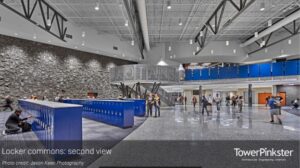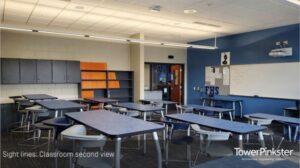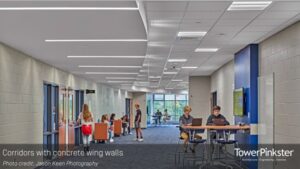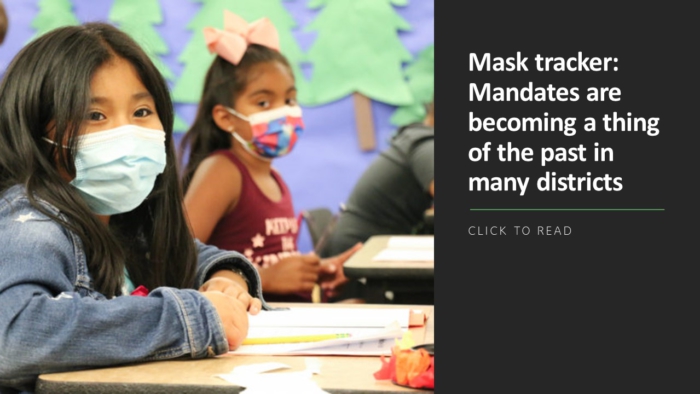During the 2021-22 school year alone, gunfire on pre-K-12 campuses nearly quadrupled the national average since 2013. That’s according to the latest report from Everytown for Gun Safety released this month.
School is in session for most districts across the country, but this year is different. Administrators are expected to lead their students through what they can hope is a safe and successful year, while reflecting on the tragedies that took the lives of 59 people last year. And according to one school safety expert, district leaders should brace for even more challenges.
Many districts have already taken measures to “harden” their schools, adding physical security measures such as increased surveillance and metal detectors to make their schools “feel” safer. The Center School District in Kansas City, Missouri, recently installed metal detectors and enforced a clear backpack policy. In Killeen, Texas, the Killeen ISD implemented mobile metal detectors and weekly door checks to ensure that classrooms stay locked.
One design firm, however, is taking a more proactive approach to school security by, quite literally, building safer schools from the ground up.
TowerPinkster, a multidiscipline architecture, engineering and interior design firm, designs K-12 schools in a way that is subtle yet impactful. Detail and purpose surround each architectural decision.
For Matt Slagle, director of K-12 education at TowerPinkster, it all starts with the entrance of a school. “The first thing we would recommend to do is go in and work on the secure vestibules,” he says. “Such that somebody who approaches the school has to go through the main office before they’re let into the school.”

If you were to envision a panopticon located at the center of the prison, he describes, the security guard in that panopticon can see into every cell from the center of the room. When designing the front lobby of a school, the receptionist must be able to properly see both what’s happening outside and inside of the school.
“It’s the idea of one person being able to see as much as possible,” he says. They also give receptionists access to a button that will open the front door from their desk once they’ve determined the individual is safe to allow inside.
Another unique feature the firm adds is lockers that stand only four feet high. Students can put their things on top of their lockers, but they also serve a secondary purpose.

One staff member standing on the floor, or standing above, can see all 800 kids at their lockers at once,” Slagle says. “In the event of a threat, responders can see farther, and there are things to hide behind.”
The lockers are also placed at the center of the school to avoid scuffles among students and to create a central social area.
Important for keeping students safe in the event of a lockdown, the classrooms are designed to include a security corner where students can hide, causing the classroom to appear empty from the outside. “It’s the idea that once the door’s locked you go in the corner, if somebody comes up to the door the classroom appears empty,” he says.

They’ve also realized that first responders who are forced to proceed through a hallway prefer to have options for protection. To ensure their safety, the firm adds “concrete wing walls,” which are sections of the wall that protrude outward and can be used for cover.
“We find that when we talk to security people and police, they like to have these,” he says. “If there’s a threat here, there’s something to hide behind.”

Lastly, in the event of a lockdown, they can provide schools with doors that stay open or closed by powerful magnets. “When you press that lockdown button, the magnets are released and they shut,” he says. “So what that does is compartmentalize a threat.”
“If somebody is in the middle of the school and you press the button, they can’t get to the science wing, they can’t get to the kids in the athletic wing… and then you can start, with the cameras, to figure out what’s going on.”
When it comes to school safety, for Slagle, it’s about doing what’s best for each school and sharing that success with others.
“Their favorite aspect I think is just the feeling of safety, which I think is different for each of our clients,” he says. “By the end of the project, they have the things that they’ve chosen that are safe for them. We’re not here to tell people exactly what the answer is. We’re all figuring this out together, which is also why we share this with other architects. We should all be collaborating.”
More from DA: 9 ways school leaders can encourage students to report violent threats



